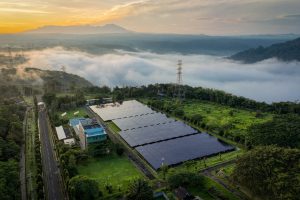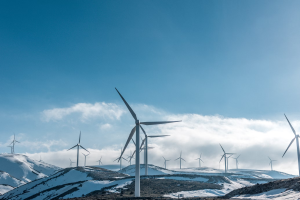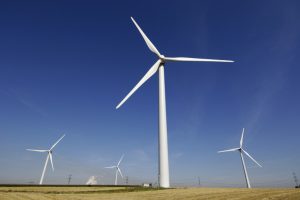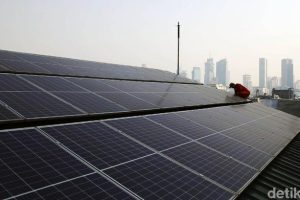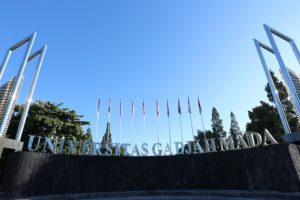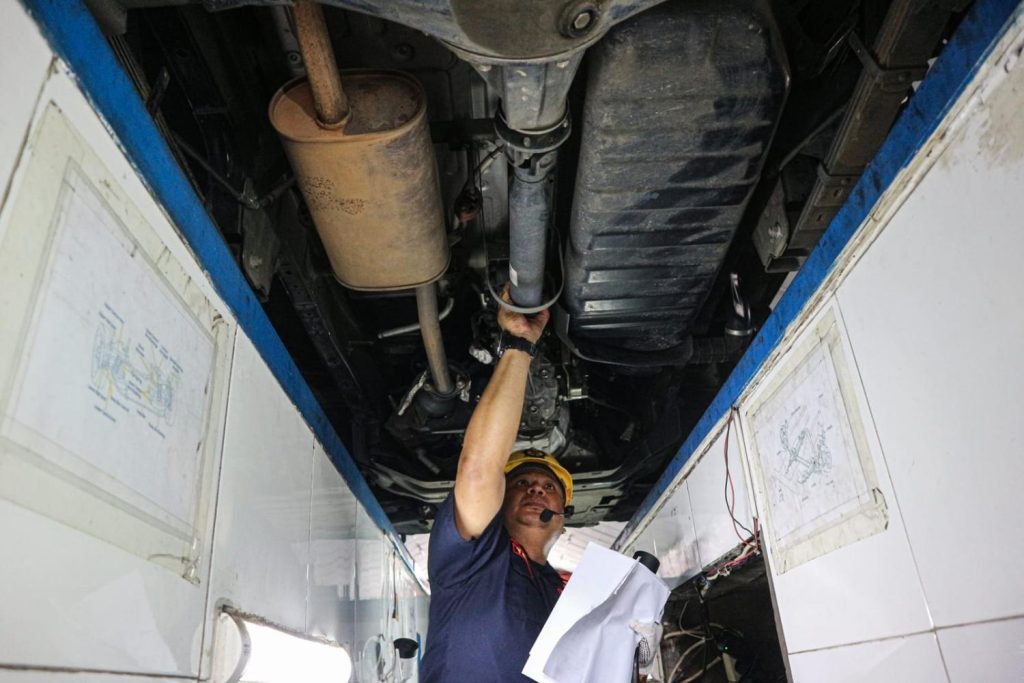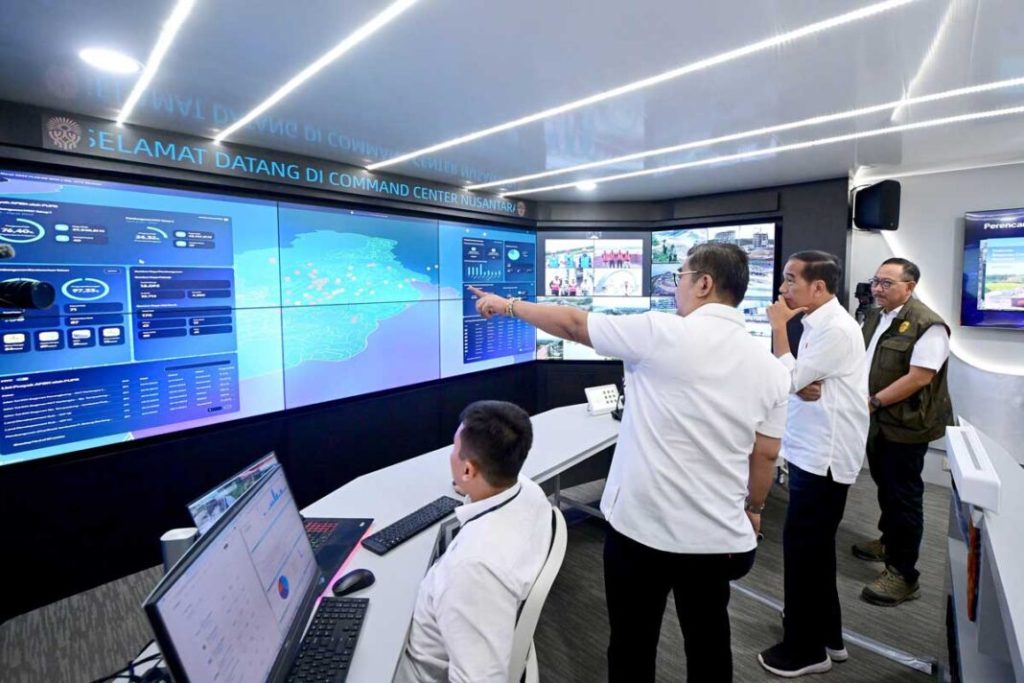Despite being just over a week old, the conflict between Russia and Ukraine has already had a significant impact on Indonesia’s energy sector, revealing the extent to which the country’s energy policy remains vulnerable to external shocks.
Over the past few months, the world has cautiously monitored the mounting tensions between Russia and Ukraine, which culminated in Russia’s invasion on 24 February. Throughout that time, markets have churned over the Russia-Ukraine dispute, as indicated by rising energy prices.
The global oil price continues to surge to nearly $115 per barrel after spiking above $100 in the immediate aftermath of Russia’s invasion, the highest since September 2014. The attack has disrupted oil markets and dealt a significant blow to countries highly dependent on Russia for energy. In addition, the invasion will also impact countries that are reliant on imported oil.
Indeed, history suggests that the longer the conflict lasts, the more unfavorable the conditions will be for those countries that need imported oil to secure their energy supply. Among these nations is Indonesia.
Currently, Indonesia’s energy planning is based on the national energy plan issued in 2015. According to the plan’s projections, oil will take up 25 percent of the country’s energy mix by 2025 and 20 percent by 2050. However, in 2021, oil accounted for 31 percent of the national energy mix, reflecting the high importance of oil to the domestic energy supply, something that seems irreplaceable with other energy types. Moreover, the post-pandemic economic recovery has made many countries rely more heavily on fossil energy, given its higher reliability.
Unless there is rising global production, Indonesia must agree to import oil at higher prices than it would have expected. This will eventually create complications for Indonesia’s policy of energy subsidies.
Indonesia applies price subsidies to energy commodities, such as fuel, liquid petroleum gas (LPG), and electricity, in a bid to maintain a low-cost supply of energy to the Indonesian public. In a recent report from the Ministry of Energy and Mineral Resources, the total cost of energy subsidies reached IDR 131.5 trillion (around $9 billion) in 2021, much higher than the initial estimate, made in 2020, of around IDR 110.5 trillion ($7.6 billion). Thus, the current geopolitical conflict has the potential to trigger an increase in government subsidies and further weaken the nation’s energy security. Increasing government subsidies is not ideal at this moment since the reallocation of the government’s budget may derail Indonesia’s broader development plans.
As a result, raising the fuel price may become the government’s most realistic option, even though it is politically dicey. Increasing fuel prices will hurt people’s purchasing power. Moreover, alternatives such as electric vehicles (EVs) and household gas networks to decrease LPG consumption are either infeasibly expensive or not massively reliable. All of this offers a clear sign that Indonesia should accelerate its transition to renewable energy.
On the up side, the rising oil price will improve the economics of oil and gas exploration in Indonesia. This means that Indonesia can still pursue its dream of producing 1 million barrels of oil per day by 2030. However, finding investment for exploration activities amidst the pressure of climate mitigation will not be easy. In addition, the revision of the country’s current inadequate oil and gas law and the implementation of carbon capture technologies to mitigate the impact of these sources of energy, are other challenges that must be resolved immediately.
Speeding Up the Energy Transition
The unpreparedness of Indonesia’s energy security to meet the more volatile global dynamics must immediately be answered by catalyzing the energy transition and optimizing the availability of the country’s natural resources. Indonesia needs to quickly find a way to accelerate the development of its EV ecosystem in order to reduce fuel imports. Fiscal and non-fiscal incentives are the best way to make EVs price competitive with conventional vehicles. EV infrastructure should also be widely expanded, especially on densely-populated Java island. Expanding carbon taxation by targeting conventional automobiles could also be an option.
In addition, optimizing natural gas and clean coal technology can be an alternative to LPG imports. The household gas network project should be hastened. Coal gasification, a process by which coal can be transformed into dimethyl ether (DME), a synthetic alternative to diesel, could also strengthen this mission. By producing 1.4 million tons of DME annually, Indonesia could decrease LPG imports by 1 million tons per year and allow it to forego IDR 8.7 trillion ($600 million) of government spending. However, it should be underlined that carbon capture, use, and storage technology would be integral to this program’s success.
Lastly, the government should take advantage of high oil prices to invite giant oil companies to invest in Indonesia. Any further oil discoveries made during this time should not be used for primary energy consumption but to create a strategic petroleum reserve, which the country currently lacks.. This reserve is would offer a means of addressing any shortage of energy that arises due to geopolitical conflicts.
In brief, the conflict between Russia and Ukraine has generated multidimensional global economic damage, including to the energy sector. This conflict should make Indonesia take heed of its current energy security vulnerability. A clean energy transition is the best answer and must be hastened by accelerating the implementation of the existing national energy plan.
Disclaimer: This opinion piece is the author(s) own and does not necessarily represent opinions of the Purnomo Yusgiantoro Center (PYC).
This opinion has been published on The Diplomat.
Check the original article by clicking on this text.
